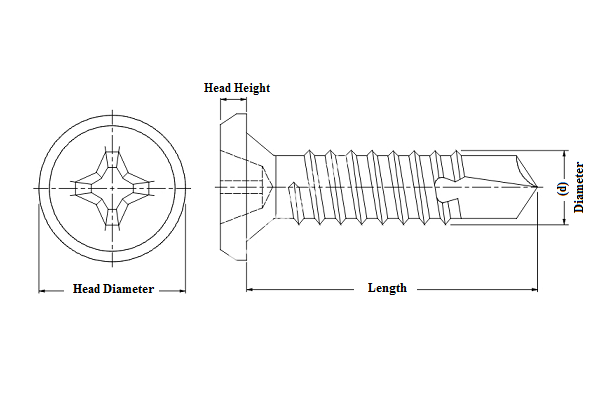washer and spring washer order
The Importance of Washers and Spring Washers in Mechanical Assembly
In the realm of mechanical engineering and assembly, small components like washers and spring washers play a crucial role in ensuring the integrity and reliability of mechanical structures. These seemingly simple devices are essential for distributing load, preventing loosening, and protecting surfaces in a variety of applications. This article explores the significance, function, and types of washers and spring washers, as well as considerations for ordering these components.
Understanding Washers
Washers are flat disk-like devices used primarily to distribute the load of a threaded fastener, such as a bolt or nut. They come in various shapes, sizes, and materials, each serving different purposes. The primary functions of washers include
1. Load Distribution By providing a larger surface area under the fastener, washers help to distribute the load evenly. This reduces the risk of damaging the material being fastened and minimizes the potential for failure.
2. Vibration Resistance Washers can help absorb vibrations caused by machinery or external forces. This is essential in applications where continuous movement could lead to the loosening of fasteners.
3. Corrosion Protection Many washers are made from materials resistant to corrosion, such as stainless steel or rubber. This quality helps protect fasteners and components from rust and degradation over time.
4. Surface Protection When a fastener is tightened, it can scratch or mar the surface of the material. Washers serve to minimize this damage, preserving the integrity and aesthetics of the assembly.
The Role of Spring Washers
Spring washers, often referred to as lock washers, are a specialized type of washer designed specifically to resist loosening caused by vibration or dynamic loading. They are typically made from materials that can provide spring tension, such as carbon steel or stainless steel. The notable features and benefits of spring washers include
1. Locking Mechanism The unique design of spring washers allows them to exert a spring force against the fastener. This feature helps to maintain tension and keeps the fastener in place, preventing unwinding and loosening.
washer and spring washer order

2. Compensating for Settling Over time, materials may compress or settle, leading to potential loosening of fasteners. Spring washers can adjust to these changes, compensating for any settling and ensuring a secure fit.
3. Wide Application Spring washers are commonly used in industries where safety and reliability are paramount, such as automotive, aerospace, and construction. Their ability to withstand harsh conditions makes them a preferred choice for critical applications.
Ordering Considerations
When ordering washers and spring washers, several key factors should be considered to ensure that the right components are selected for the intended application
1. Material Selection The material of the washer is vital depending on the environmental conditions. For instance, if the assembly will be exposed to moisture, corrosion-resistant materials like stainless steel or coated washers are essential.
2. Size Compatibility Washers must match the size of the fasteners they accompany. Selecting the appropriate inner and outer diameter, as well as thickness, is crucial for effective load distribution and performance.
3. Type of Washer Depending on the application, one may choose flat washers for basic load distribution or spring washers for added security against loosening.
4. Industry Standards Adhering to industry standards ensures compatibility and safety. Familiarity with standards such as ISO or ASTM can guide the selection process.
5. Supplier Reliability It is essential to source washers and spring washers from reputable suppliers to ensure quality and consistency. Verification of certifications and quality assurance processes can help in selecting a reliable vendor.
Conclusion
In conclusion, washers and spring washers may be small components, but their impact on mechanical assemblies is significant. By effectively distributing loads, preventing loosening, and providing surface protection, they help ensure the durability and functionality of various applications. When ordering these components, attention to material, size, type, and supplier reliability will contribute to successful and dependable mechanical assemblies. Understanding these aspects is crucial for engineers and designers seeking to create robust structures that perform reliably under diverse conditions.
-
Top Choices for Plasterboard FixingNewsDec.26,2024
-
The Versatility of Specialty WashersNewsDec.26,2024
-
Secure Your ProjectsNewsDec.26,2024
-
Essential Screws for Chipboard Flooring ProjectsNewsDec.26,2024
-
Choosing the Right Drywall ScrewsNewsDec.26,2024
-
Black Phosphate Screws for Superior PerformanceNewsDec.26,2024
-
The Versatile Choice of Nylon Flat Washers for Your NeedsNewsDec.18,2024










